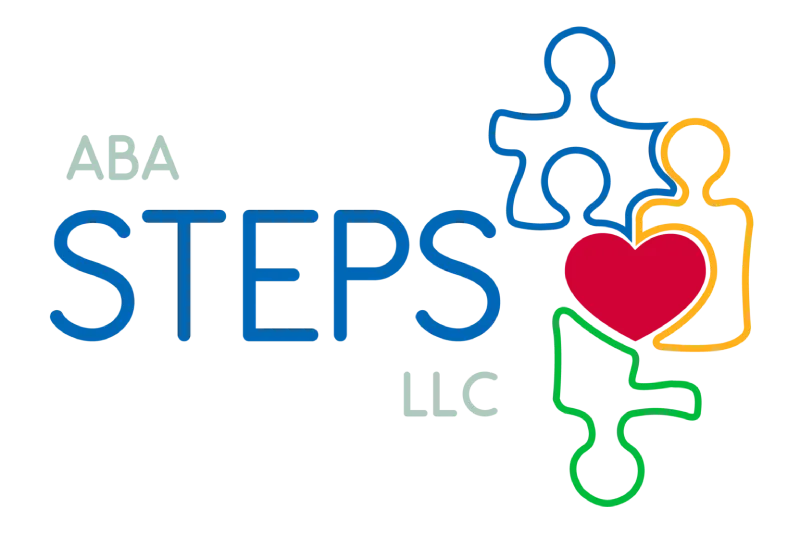Stress-Free Eating for Picky Eater
Recognizing the challenges faced by picky eaters and their families, we are proud to introduce our specialized Stress-Free Eating for Picky Eater program. Drawing on evidence-based principles of Applied Behavior Analysis (ABA), this program is designed to address selective eating habits, helping individuals expand their dietary choices and foster a positive relationship with food.
Common Questions
Who is this for?
This program is designed for individuals who do not have physical or medical conditions that restrict their diet. It is intended for those who:
- Consume a limited range of foods.
- Experience gagging when encountering or tasting certain foods.
- Exhibit maladaptive mealtime behaviors, which may include but are not limited to refusal, food throwing, crying, tantrums, and so forth.
Who is not a candidate?
Any individual with:
- a feeding tube
- medical reason why their diet is limited
- a calorie deficiency nutrition concerns
What is it?
The “Stress Free Eating for Picky Eaters” program is highly individualized for each participant. Its core principle, rooted in Applied Behavior Analysis (ABA), is to systematically teach participants that food is safe and that they can express their wants and needs without resorting to maladaptive behaviors. We achieve this through several key steps:
- Establishing rapport through positive pairing.
- Teaching a simple and functional communication method and phrase for expressing their wants.
- Guiding participants to accept and signal their acceptance of instructions, transitioning from a reinforcement plan.
- Shifting to a designated location where eating previously non-preferred food will be worked on.
- Employing a shaping or choice process to gradually introduce and consume new foods without disruptive behaviors.
Another noteworthy feature of this program is its flexibility in food selection, aligning with the family’s preferences to reduce mealtime stress.
The program’s effectiveness hinges on a shaping process that fosters motivation and provides a supportive environment for participants.
How do we do it?
Our goal is to transform mealtime into a peaceful, stress-free experience that empowers participants to make choices about trying new foods, thereby gradually improving their behavior and expanding their dietary range.
We begin with an interview with the primary mealtime caregivers. During this interview, we strive to understand the participant’s preferences, identify disliked foods, uncover maladaptive behaviors, learn about parental food preferences, and pinpoint any routines that may require adjustments.
After the interview, we meticulously analyze the collected data to create both the food preference assessment and the Interview-Informed Synthesized Contingency Analysis (IISCA) – a functional assessment. The design and implementation of the eating program depend on two crucial factors: the participant’s reactions to presented foods and the provider’s ability to effectively intervene within the first 10 seconds of escalating behaviors at the initial stage of the behavior chain.
Each skill within the program is systematically taught to the mealtime caregiver, with guided instruction continuing until parents can execute each step without errors. Once parents can proficiently carry out these steps under the guidance of an expert BCBA, the program can then transition to the home setting for implementation.
What can you expect?
Over time the participants:
- Will find meal time less stressful
- There will be reduced- 0 problem behaviors during eating
- Will increase the number of foods they eat
- Will be more willing to try novel food (not jus the ones targeted in food)
- Will improve eating across people and places
- Improve eating habits
How do we deliver this?
Directly to the participant and to parents via guided practices during our parent meetings.


